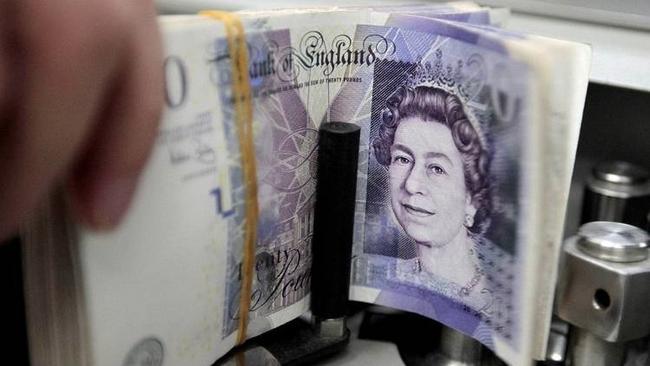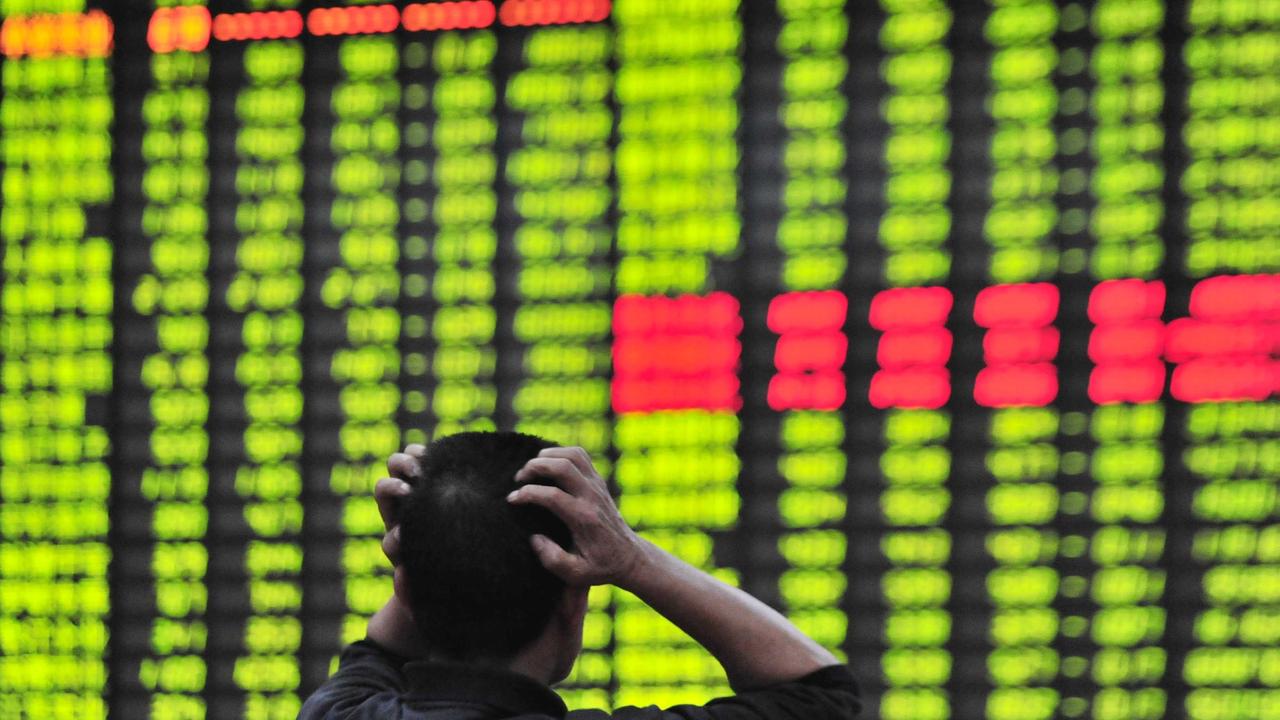Pound hits historic low against currency basket
The British pound reached its weakest level ever against a basket of currencies as more Brexit details emerged.

The British pound touched a historic low against a basket of global currencies, meaning it has likely never been lower when measured against its trading partners.
While the pound recently traded at a 31-year low against the dollar, and a six-year low against the euro, on Tuesday it hit its weakest level ever against a widely watched basket of trade-weighted currencies.
The Bank of England’s Broad Effective exchange rate index for the pound shows that the currency is now worth less than it was at the height of the 2008-09 financial crisis or in the aftermath of Black Wednesday, when sterling left the European Exchange Rate Mechanism.
The BOE’s indexes go back to 1975. But sterling’s strength at that time, and its former role as the world’s trading currency, suggest that Tuesday’s level was the pound’s weakest level in its recorded history against its trading partners.
The Broad Effective exchange rate index is released by the Bank of England daily, based on the previous day’s exchange rates. The index, which measures the pound against dozens of currencies, weighted by how much they trade with the UK, fell to 73.383, a fall off 0.55 per cent from Monday.
Over the last four months, since Britain voted to leave the European Union, the British currency has fallen steeply. The trade-weighted index has dropped by more than 15 per cent since June 23, the day of the referendum.
The pound’s fall is creating winners and losers across the British economy, as it makes exports more competitive but pushes up inflation by making imports more expensive.
This week, the pound tumbled after UK Prime Minister Theresa May said her government would prioritise immigration over access to the EU’s common market in coming exit negotiations.
On Wednesday, the pound was down 0.5 per cent against the dollar, having steadied earlier in the day after the government said it would allow a parliamentary debate on triggering Article 50, the official process for leaving the EU.
In previous decades, the pound fell in two very large devaluations, from $US4.03 to $US2.80 in 1949, and from $US2.80 to $US2.40 in 1967.
The currency’s fall against its trading partners over the last 70 years has been driven by the growing relative strength of other European currencies. Until the 1960s, 1 pound was worth more than 10 German deutsche marks, but by the 1990s, it fetched fewer than 3 deutsche marks. A pound will currently buy 1.12 euros, the deutsche mark’s successor currency. And 1.12 euros is the equivalent of 2.19 marks, at the 199 conversion rate.
Britain’s share of trade with the EU has dropped slightly in the last decade, but 44 per cent of Britain’s goods and services exports still went to the EU in 2015.
Before the UK joined the common market in 1975, a much larger proportion of trade was done with the countries of its former empire. In 1960, New Zealand, Canada, Australia, India and South Africa were all among the top 10 export partners for the U.K, but by 1980 none remained.
Many analysts believe there are further declines to come against global currencies. HSBC forecasts sterling will hit $US1.20 by the end of this year and $US1.10 by the end of 2017.
Analysts at Morgan Stanley and J.P. Morgan expect sterling to reach $US1.20 and $US1.21 by the end of 2016, respectively. Deutsche Bank expects the trade-weighted sterling index to fall another 8 per cent.
Still, some economists argue that the pound doesn’t have much further to fall.
“The pound is priced for another cut from the [Bank of England], and for a relatively hard Brexit,” said Kit Juckes, global head of foreign exchange at Société Générale. “To get sterling to camp below $US1.20 on a sustained basis you would have to see catastrophic growth forecasts for the next couple of years.”
The pound’s fall is feeding into the British economy, creating both good and bad effects. Its decline is already stoking inflation, with UK import prices for businesses rising 9.3 per cent year-over-year in August. But the dramatic weakening of the pound can also act as a shock absorber, making British exports more competitive overseas.
“Even beyond Brexit and the loss of investor confidence, there are underlying reasons to believe that sterling might be due a correction,” said Catherine Schenk, professor of international economic history at the University of Glasgow who has written books on sterling’s 20th century decline.
The U.K’s large current-account deficit, worth 5.9 per cent of GDP, is one such reason. The deficit means the UK brings in less money from overseas trade, investment income and remittances each year than it sends abroad. The difference must be made up with international investors purchasing UK assets, and any reluctance to do so will weaken the pound.
Dow Jones




